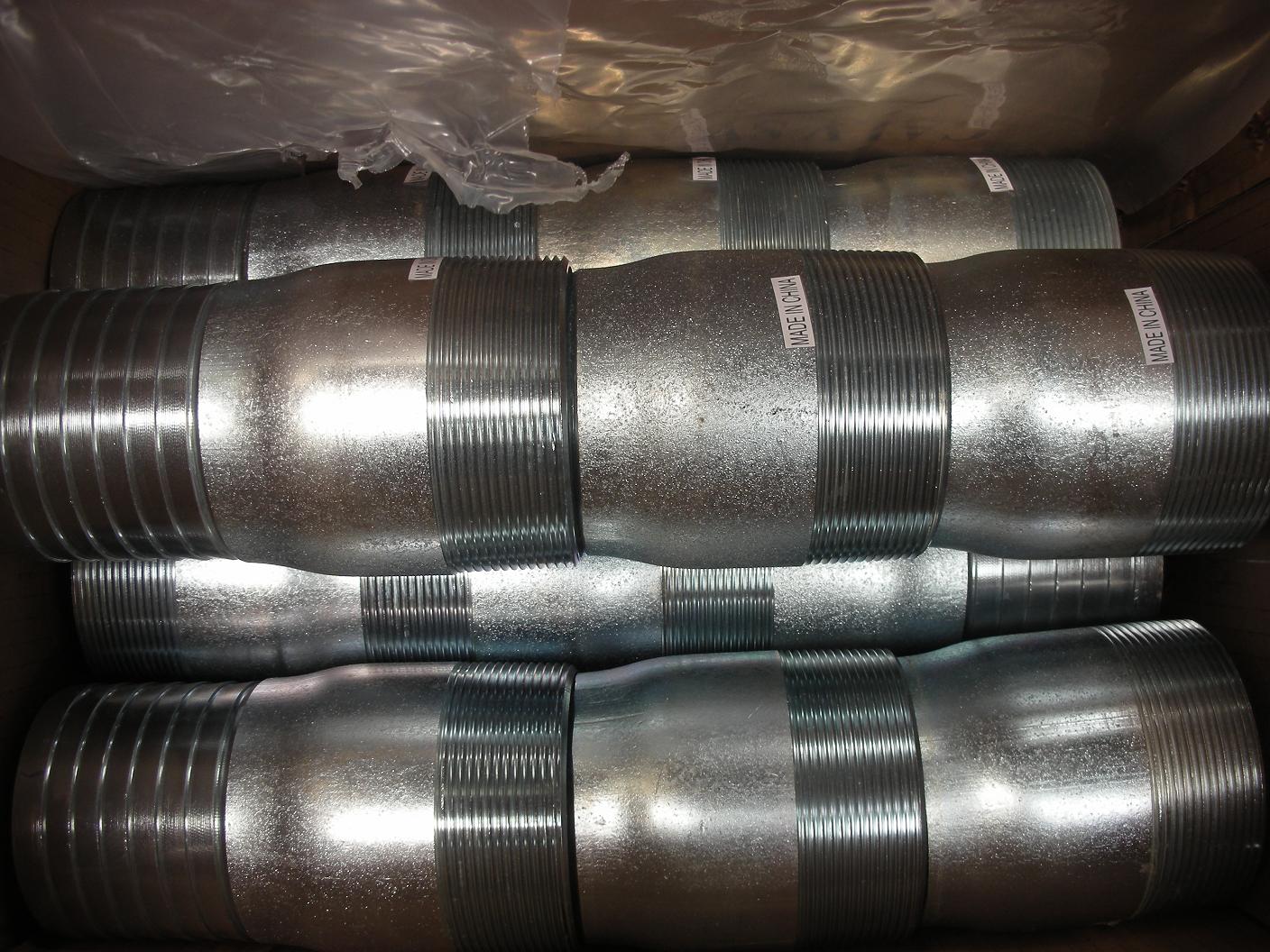Why do double-phase steel surfacing crack, because you don't know this?
Duplex stainless steel substrate surfacing machines have reached the hardened sealing surface, and surface hardening (the standard term for wear-resistant soldering layers) is commonly used on the surface of all types of valve discs and seats. Although commonly referred to as "Stellite 6" (Stellite is a registered trademark of the Deloro Stellite Company, part of the Kennametal Group), the surface of the cemented carbide in the valve industry is referred to as "Stellite 6". This alloy is usually specified by customer specifications around the world. Because it is the most common, we will first focus on the surface hardening of Stellite 6. This material is a cobalt-chromium-tungsten alloy having about 1% carbon. This high carbon level results in a microstructure consisting of a network of carbide particles in a soft matrix. The hardness may be in the range of 35-45 Rockwell hardness (HRC) depending on the application method and the amount of dilution (mixing amount with base metal). Due to the presence of a carbide network, the cover layer is somewhat susceptible to cracking, although the crack resistance of the alloy having this hardness level is very good. Cracking is not a common problem for small, simple parts. However, in larger and more complex components, cracking may occur due to accumulation of thermally induced stress caused by solidification shrinkage and thermal expansion and contraction. Increasing the preheat temperature (the lowest temperature of the adjacent metal before starting any new weld bead) reduces this tendency. For some substrates, this is an acceptable solution to the problem. However, it is not a viable method for duplex stainless steel. Due to the composition of the duplex stainless steel and the two-phase microstructure (semi-austenitic and semi-ferritic), these materials are very prone to multi-phase transformation, which leads to loss of brittleness or corrosion resistance. The transition occurs at relatively low temperatures, which is why these materials are limited as a group to the highest operating temperature of 600 °F (316 °C) in the American Society of Mechanical Engineers (ASME) specifications. For this reason, it is generally recommended to use some parameters of duplex stainless steel welding. These include limiting the maximum heat input (current multiplied by the voltage divided by the travel speed) and the inter-layer temperature (the highest temperature of the adjacent metal before starting any new weld bead). The use of these parameters is absolutely necessary when attempting to meet the requirements of the National Association of Corrosion Engineers (NACE) MR0175/ISO15156 and Norsok M-630 and many end user specifications. These parameters should be used even if these specifications are not applied to avoid damaging the performance of the substrate. This is where the problem arises. Small, simple duplex stainless steel parts can be hardened with Stellite 6, using appropriate duplex stainless steel welding parameters without much hassle. However, when the part becomes larger or more complicated, the stellite 6 will crack unless the preheating temperature rises. If the temperature is increased to such an extent that the crack is mitigated, the interpass temperature required to avoid the adverse effects in the duplex stainless steel matrix will be exceeded. In other words, once the size or complexity of the part reaches a certain level, you can use Sitali 6 to harden the surface without cracking, or you can use unaffected duplex stainless steel, but you can't use it at the same time. Some claim that they can successfully harden large, complex duplex stainless steel parts with Stellite 6 using the appropriate welding parameters, but they may misuse the inter-layer temperature rules, assuming each layer is spirally welded inside the part Or the process of producing on the outer diameter is a single "pass". This is not the case, one rotation in this process is one pass, and the welding process must be stopped when the temperature before passing exceeds the interlayer temperature, even if the layer is not complete. If the improper practice is followed, the interlayer temperature is not measured until the layer is completed, which results in excessive preheating of the component by soldering heat. This excessive preheating prevents cracking, but it also adversely affects the performance of the duplex stainless steel substrate. Unfortunately, this degradation of the substrate material is not externally apparent and does not manifest until the part is used.
King Nipples and Hose Menders are kinds of pipe fittings, it's cutted by pipes and make different sizes.King nipple one side with male threads and and connect with pipe
system, another side raised by machine, so that can connect with plastic hose. Hose mender raised both side so that can connetor with plastic hose.
Material: Carbon steel
Surface: Electric galvanized
Standard: BS,ANSI, or as demand
Size: From 1/8" to 6"
Application: Rubber/Plastic hose connection for waters, gas, oil, etc.
Hose Mender,Steel Hose Mender,Galvanized King Nipple,Steel Combination Nipples HEBEI ZIFENG NEW ENERGY TECHNOLOGY CO.,LTD. , https://www.zifengpipeline.com


